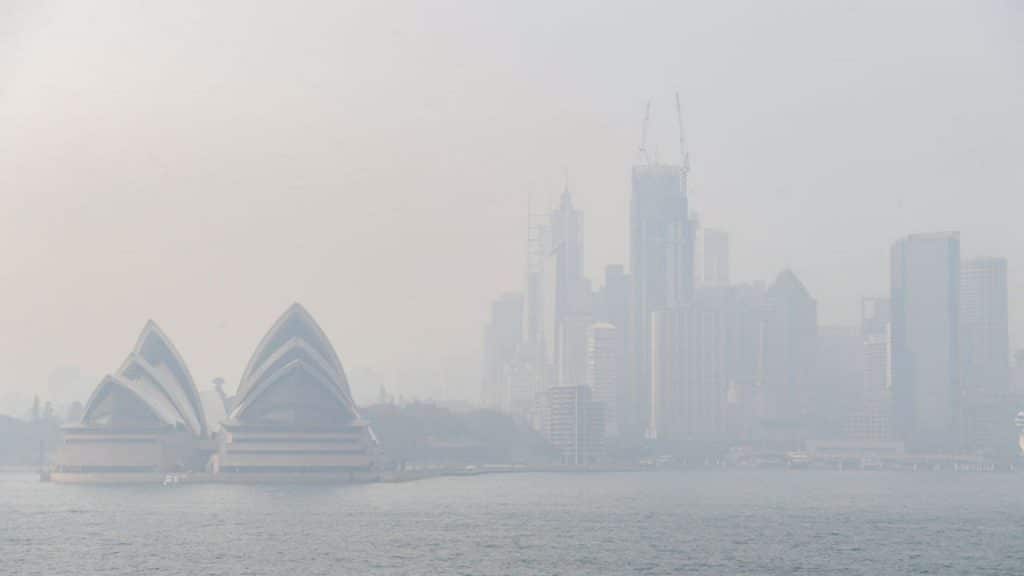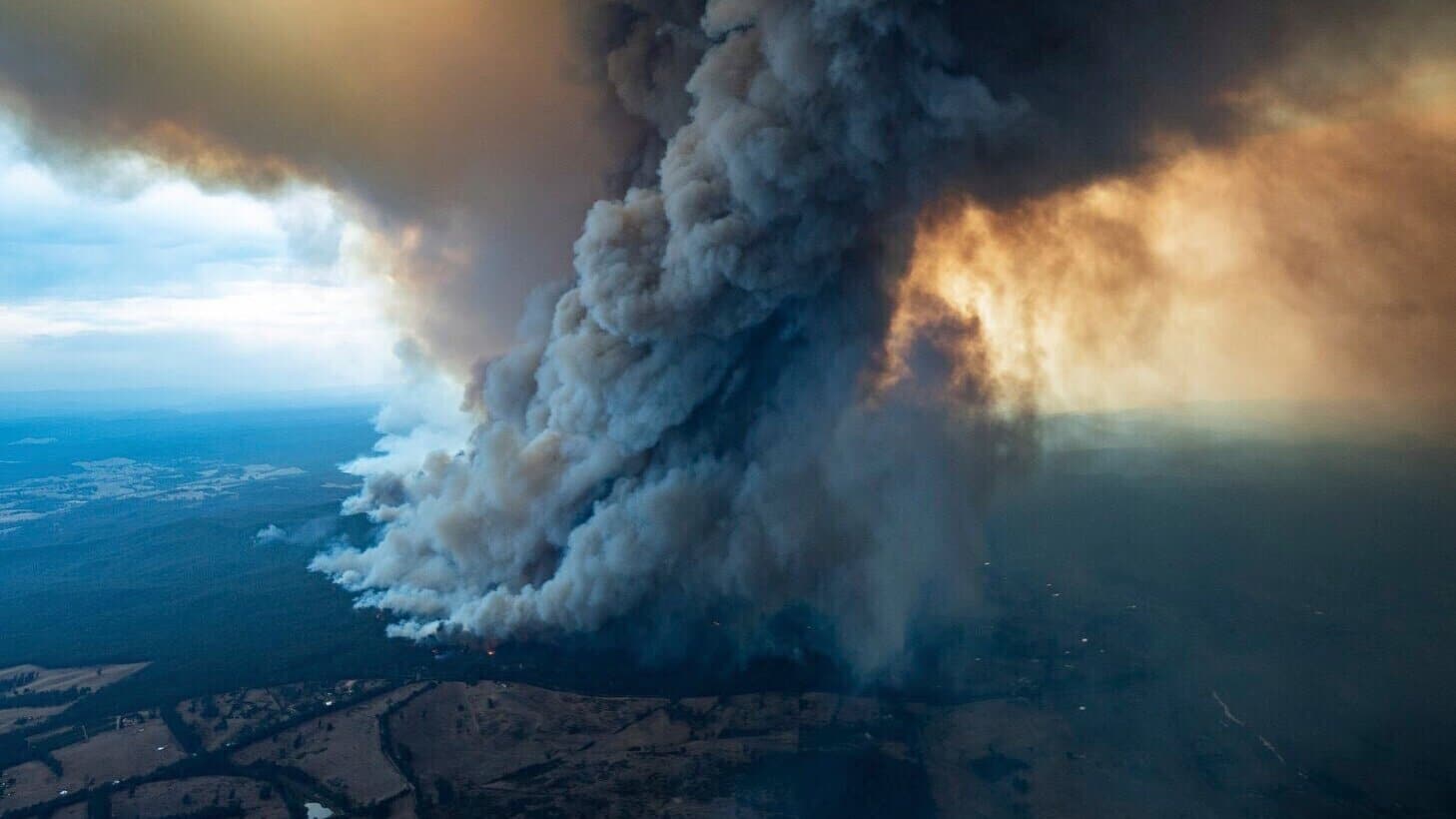This year bush fires in Australia turned catastrophic, resulting in poor air quality and danger to those suffering from asthmatic conditions.
Bush fires have been a threat to the country right throughout the year and controlling the fires are important to prepare for bush fire season. It is also vital to be aware and vigilant about the health risks associated with these calamities and take preventive measures.
This year has been the most severe bush fires experienced in Australian history resulting in polluting the air all around.
Dangers
It is a well know, fact that smoke is injurious to anyone’s health and one shouldn’t believe that the smoke will disappear along with its pollutants. Hazardous fire-resistant ash particles and carbon monoxide drift in the atmosphere even after the smoke disappear resulting in critical lifelong effects if it enters your lungs.
Air Quality Index(AQI)
The air quality index is a report of air quality indicating how clean or polluted the air is in certain areas. It measures the number of polluted particles in the air comparatively with oxygen levels.
AQI website indicates that anything above 150 AQI is referred to as dangerous to normal healthy people, and its effects are even more conspicuous in the elderly, pregnant women and those with existing respiratory issues like COPD and asthma. Even an AQI just below 200 could produce symptoms such as coughing, shortness of breath and dry or itchy eyes. It is advisable to be watchful on the AQI situation 24/7 and take precautionary measures ASAP.
Protection
Refer to the NSW Department of Planning, Industry and Environment – Air quality index data frequently to monitor air quality and health messages.
Keep medications within hand’s reach and consult your doctor if symptoms get worse. Get advice about medicines and controlling asthma.
Avoid strenuous activities
• Avoid being outdoors and ensure doors and windows are kept shut to keep the smoke out.
• Stay in an air-conditioned environment whenever possible.
• Other sources of indoor air pollution such as cigarettes, candles and incense sticks should be avoided.
• Face masks or air purifiers can be used to reduce smoke exposure.
 SYDNEY, AUSTRALIA – DECEMBER 10: (Photo by James D. Morgan/Getty Images)
SYDNEY, AUSTRALIA – DECEMBER 10: (Photo by James D. Morgan/Getty Images)
People at risk of bushfire smoke
• Those with heart or lung diseases.
• Elderly as they are more likely to have heart or lung illnesses
• Children are affected due to their developing airways breathing more air suitable to their body weight.
• Pregnant women are more sensitive to the effect of smoke.
Lung Health
Those ailing with lung diseases should try to minimize exposure to wood fire smoke and toxins as these can move deep into the lungs and irritate the airways. Those who have COPD or asthma could find difficulty in breathing, wheezing and tightening of the chest.
Oxygen therapy comes in helpful during this period. Consult a doctor and get prescribed to use oxygen devices in-house. Various oxygen therapy devices such as oxygen concentrators, portable oxygen concentrators, nebulizers and suction pumps are now available at all stores of Independent Living Specialists.
** This post was originally published on https://ilsau.com.au/how-to-look-after-your-lungs-during-bush-fire-season/


